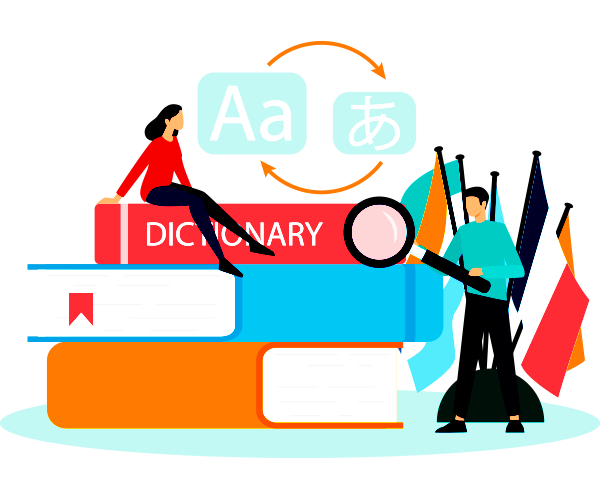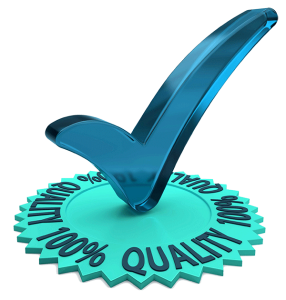Transcreation is one of the most essential services that a Language Service Provider (LSP) provides to its customers, though it is often confused – though understandably so, given how closely intertwined they are – with the translation process itself. Transcreation refers to the process of preserving the meaning of a translation across languages, ensuring that tone, style, and context remain intelligible, relevant, and accommodating to speakers within the target population. As anyone who has tried to explain an idiom to a cultural outsider or has had one explained to them knows, literal translations can fail to capture the metaphorical meaning and cultural context needed to properly understand and relate to them. All languages are full of unique attributes that are, like those idioms, endowed with accumulated importance and purpose that a native speaker is intimately familiar with but that the translator may not be. Transcreation reaches new audiences where they are, adapting source material to meet the linguistic needs of a given populace so that all stakeholders and potential customers can communicate effectively.
With our global team of subject matter expert linguists, each with intimate knowledge of the customs and practices of the language and people that they’re translating your materials into, CSOFT Health Sciences can ensure the risks involved in miscommunication are effectively neutralized and that the strength of your message is preserved across language barriers.

The Transcreation Process
The first step in the process and transcreation’s most important aspect is understanding, both when it comes to the intentions and execution of a given document or work and the cultural and linguistic framework of the audience it is being translated for. This step requires a certain amount of accumulated prior knowledge on the part of the linguist, but it also entails them carefully reading and understanding the document, as well as conducting any research necessary for the project’s proper completion. LSPs like CSOFT speed along this process by creating what’s called a Cultural Assessment, a document that contains relevant data and details to the specifics of the project at hand, and a style guide, which establishes how the communication should look and read. Once a solid footing is established, the actual labor of transcreation begins.
When the linguist begins their work, they will do so with three intentions: to preserve a high degree of accuracy, as far as the intent is concerned; to adapt the document for the audience in a way that is culturally sensitive and understanding; and, most importantly, to utilize creative linguistic means in order to bridge cultural gaps. That last intention is where Transcreation truly differs from translation: it is a creative act that sees the linguist take on a role somewhat similar to a particularly hands-on editor in shaping the document’s form, ensuring its grammatical and cultural accuracy as well as its tonal clarity. The actual editing process of the transcreator’s work can be augmented by using what’s called Back Translation, in which an independent linguist will go back over and ensure step-by-step that the grammatical and contextual content within a given document is uniform, fully coherent, and adheres to the standards established in the Cultural Assessment and style guide. The end result is a document that speaks to a given audience in their own language as if a neighbor were doing the talking.

- Informed consent forms
- Medical records
- Patient diaries
- instructions for use (IFU)
- Package information leaflets (PILs)
- Patient instructions
- Patient-reported outcomes
- Patient recruitment materials
- Clinical trial protocols
- Patient questionnaires
Quality Assurance
CSOFT Health Sciences has developed a process for quality assurance to ensure that every medical translation project meets quality standards in a cost-effective and timely manner. We are certified in ISO 17100:2015, ISO 9001:2015, and ISO 13485:2016 to ensure our customized solutions meet global regulatory requirements. Our subject matter expert linguists have at least seven years of experience and work with in-country reviewers and project style guides to meet industry standards. CSOFT offers an online translation management ecosystem for one central location to leverage real-time translation memory and terminology management through our innovative cloud-based technology. Every step of the way, CSOFT has you covered.
Learn more about our quality assurance process.
Data Security
With over 20 years of experience in medical translation, CSOFT Health Sciences understands the importance of data security to our clients, and we take nothing for granted when confidentiality is a concern. Our well-documented and fully traceable information data security policies, checklists, and quality records leverage the best practices of ISO 27001. They are designed to protect everything from source data to translations. From our 24/7/365 data monitoring and advanced encryption to our access control measures, you can be sure that your project data is safe from start to finish.
Learn more about how CSOFT prioritizes data security.

